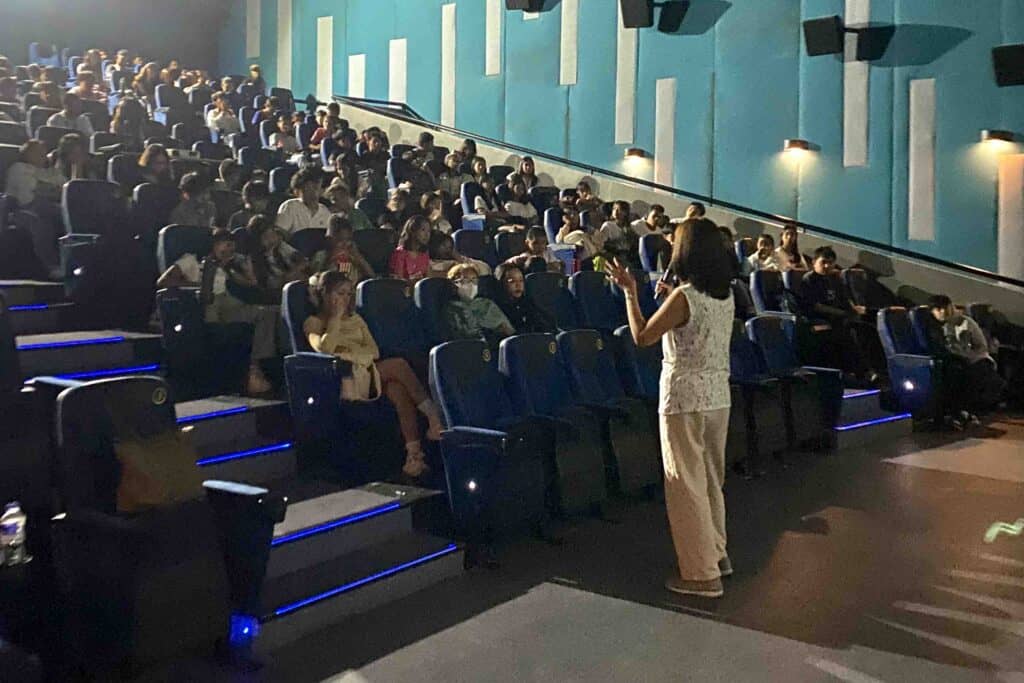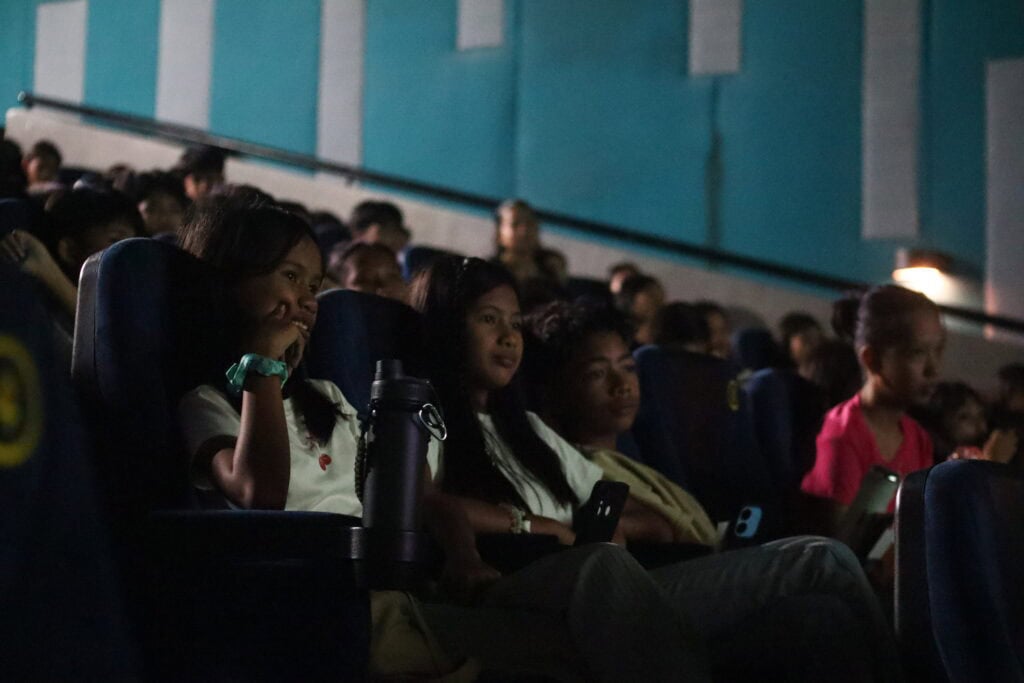Almost eight decades have passed since World War II ended, yet the echoes of its impact continue to resonate—brought to life through two powerful documentary films: Children of the War, released in 2024, and Honor: The Legacy of Jose Abad Santos, released in 2018.
Children of the War features seven survivors of World War II, tracked down by the Phil-War Foundation through a snowball sampling method. These individuals, who were between five and eighteen years old during the 29-day brutal battle with Japanese forces, bravely recounted their memories on camera.
Desiree Ann Cua Benipayo—author, historian, and producer of both documentaries—shared the emotional weight of filming the survivors’ stories.
“It was very difficult filming it… [D]irek Mike Alcazaren and I had to meet them several times before we actually shot, so that trust would be built. But even then, when it came to their stories, there were moments when they expressed how emotionally hard it was to revisit those experiences 75 years later.”
The screenings in Legazpi City marked the first time both films were shown outside Metro Manila, reaching more than 2,200 students from 13 high schools across Albay.
Organized by the Albay Arts Foundation (AAF), in partnership with the Philippine World War II Memorial Foundation and local government units, the three-day event offered free admission to public high school students.
According to AAF Administrator Rommel Candaza, the first day brought in jeep-loads of students from Manuel Ranola Memorial School, Polangui High School, and Bonga High School—some of the province’s largest schools—who gathered at the Legazpi Convention Center. The second day welcomed students from Malilipot National High School (MNHS) and Santo Domingo High School, along with youth leaders from the Sangguniang Kabataan (SK) Council of Albay.
On the final day, students from Legazpi National High School, Oro Site High School, Mirisbiris Scholars, Bagumbayan East High School, Taysan Integrated School, and San Jose Community College joined the screenings.


Firsthand Accounts Unveil Unrecorded History
The impact was immediate and deeply felt. Genie Bolima, an Araling Panlipunan teacher from MNHS, described how the film moved her and offered her students a more personal connection to history.
“I cried while watching [the films] because I realized how much we have to be thankful for… And I am so grateful to those featured survivors for their bravery in recalling their traumatic experiences. Because of them, we learned things that are not in the textbooks. Even I, as a teacher, can say that not everything in the film is covered in our school books,” she said.
Trisha Dane Climacosa, a high school student from MNHS, echoed this sentiment.
“I can say the films are exceptional. Many of us weren’t really familiar with that history, but at least now, we know the stories from those who actually lived through it.”
Beyond Tragedy: A Message of Resilience and Peace
Benipayo stressed that the documentaries go beyond recounting the horrors of war—they highlight courage, resilience, and the importance of memory.
Reflecting on modern-day global conflicts, she emphasized the need for peace and remembrance.
“When you think about what’s happening in Russia, Ukraine, Israel, Iran, and Palestine, people are doing the same things—genocide, killings, and so on. That should stop. I hope we continue to share films and books like these,” she said.
By bringing untold stories to light—especially for younger generations—these documentaries do more than educate; they cultivate empathy, critical thinking, and a deeper appreciation for peace.
As the last generation of WWII survivors fades, their testimonies become ever more vital. Through screenings like those held in Albay, their stories are not only preserved—they are passed on. And perhaps that is what history truly demands—not blind reverence, but deep understanding.
To see students walk out of the cinema not just informed, but transformed, is to witness the enduring power of storytelling.| Story by Rizza Francisco
